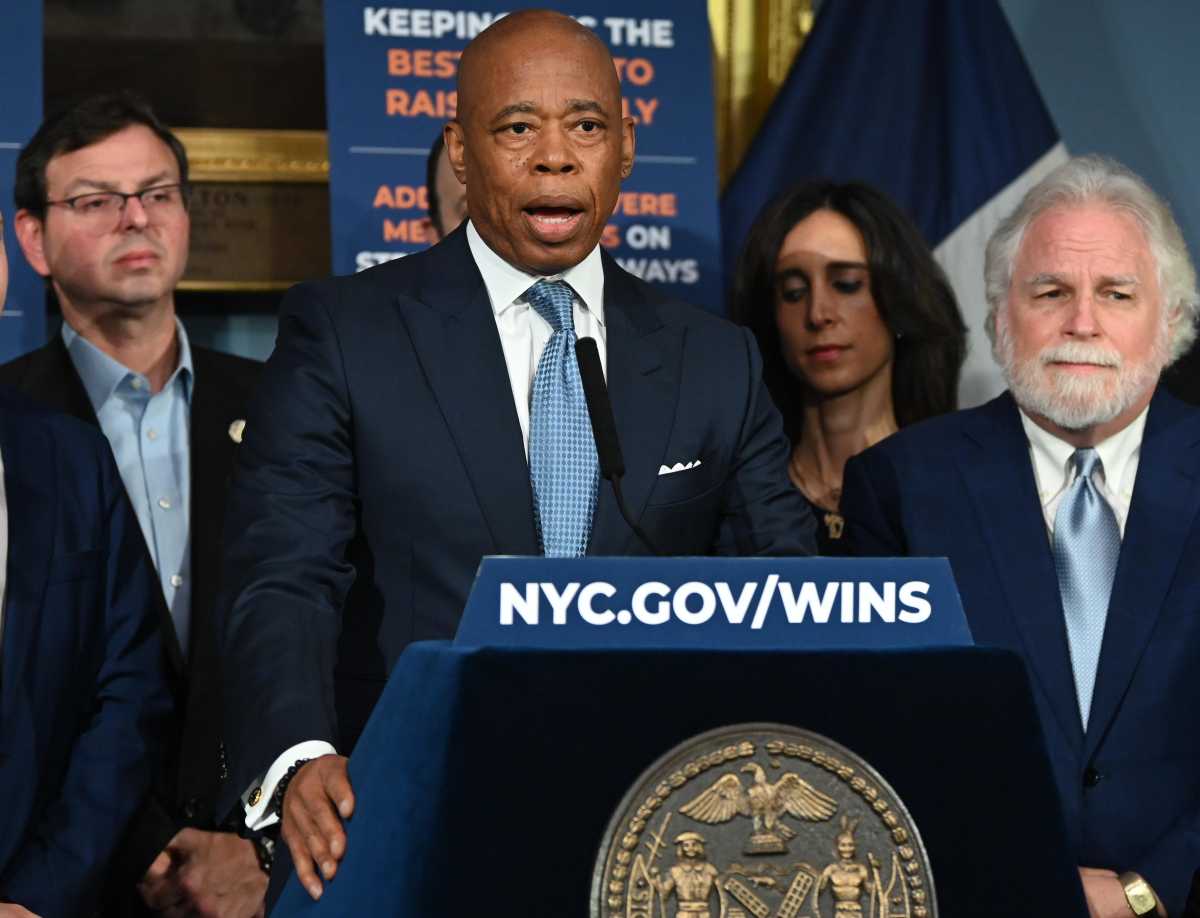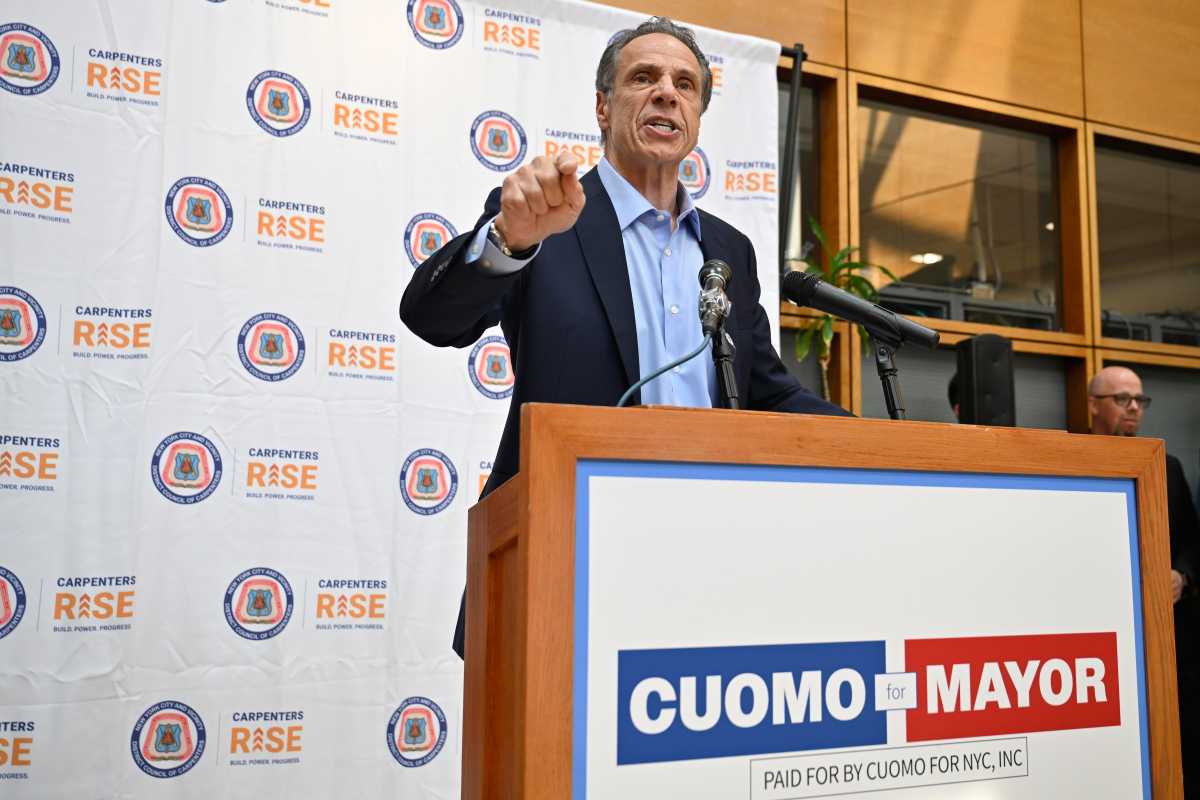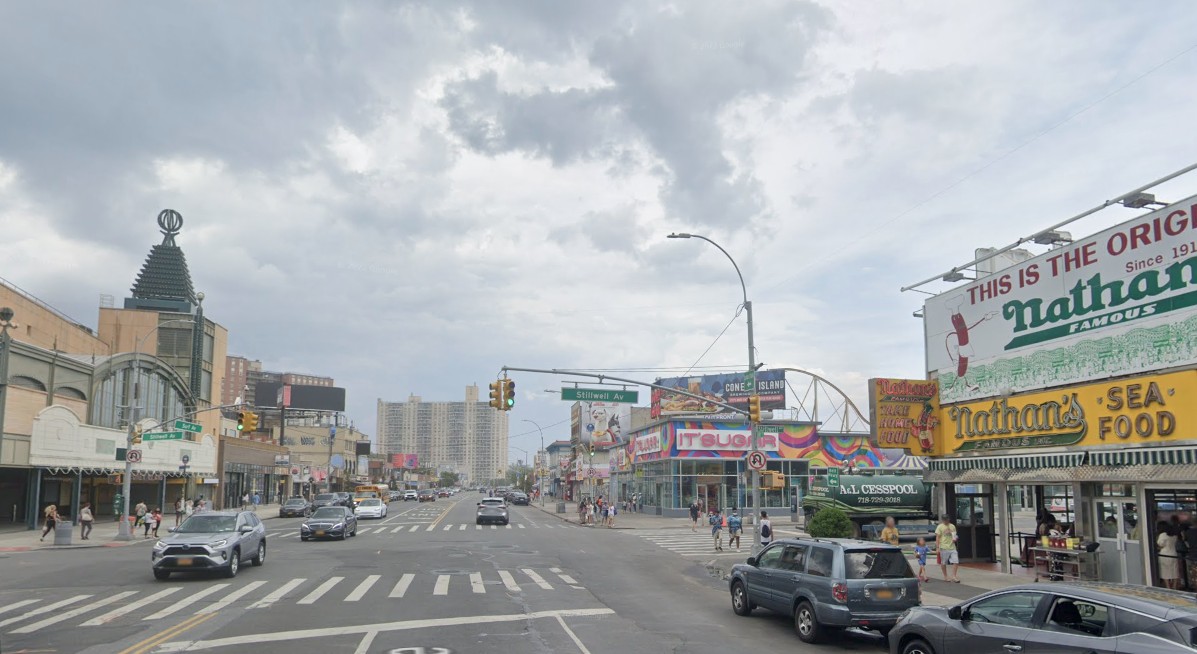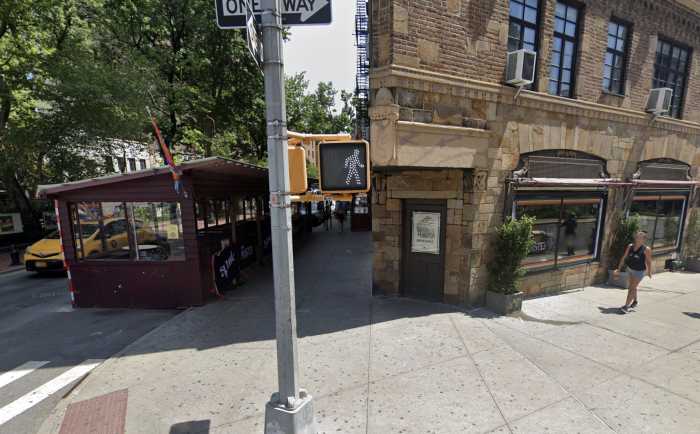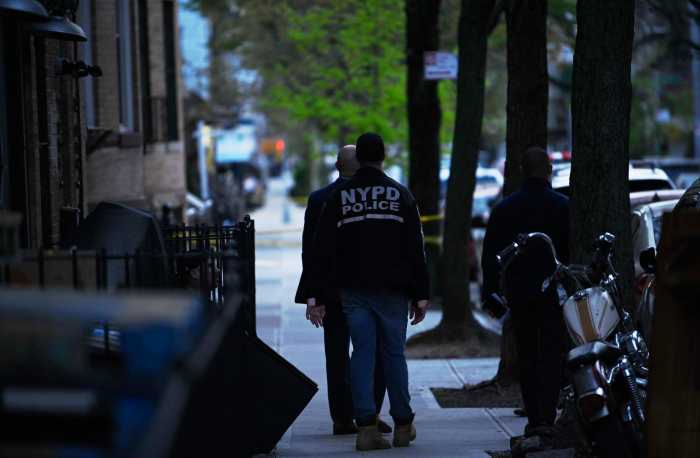Police work is tough going, and law enforcers must resort to creative measures — including deceptive sting jobs — to remain a step ahead of criminals. But when cops entrap innocent people by randomly accosting them on the street, it’s time to draw the blue line between law and disorder.
Dyker Heights resident Robert Tester, 19, began the holiday season by spending more than a day holed up behind bars last month after undercover cops arrested him in a citywide sting. The college freshman told this newspaper that he was tricked into buying an iPhone by an undercover cop posing as a street peddler, who jerked the teen’s heartstrings with a tale of woe about his allegedly impoverished family. When Tester agreed to buy the phone for $20 — reluctantly out of sympathy, he says — he was swiftly arrested and whisked off to jail. He plans to sue the city for damages — with good reason.
Tester’s case questions the legalities of sting busts when they coerce unsuspicious and unsuspecting pedestrians into committing a crime. There are enough real criminals in this city without cops inventing fake ones to burden an already clogged judicial system, while unnecessarily taking the “sting” out of an important policing technique.
Cops have used artful ruses to nail dangerous offenders for as long as law enforcement has existed. In 18th century England, before there was a police force, civilian “thief-takers” — often criminals themselves — worked with authorities to capture highway robbers and bring them to justice. They became the precursors for modern-day informants and laid the groundwork for today’s sting operations — hoaxes in which undercover cops or surrogates provide suspects with an opportunity to commit crimes that have been created or exploited by police, followed by a dramatic “gotcha” arrest.
There is no mistaking their critical importance. Stings collect vital evidence without the hardships of having to obtain a criminal’s confession, and they avert potential disasters: last month, 70 people were arrested, and $7.1 million worth of drugs and weapons seized after a year-long undercover operation in Washington. In Nov. 2010, a Somali-born teenager was arrested in Oregon moments before he exploded a car bomb at a packed Christmas tree lighting — www.nytimes.com/2010/11/28/us/28portland.html?pagewanted=all“>thanks to a six-month sting. The success stories are countered by the memorable failures.
Auto designer John DeLorean had no criminal record and was facing financial ruin when he was recruited by undercover FBI agents in the 1980s to distribute cocaine to save his floundering company. An entrapment defense mounted by DeLorean’s lawyers acquitted him of illegal drug trafficking when the jury decided that cops persuaded a desperate man to commit an act he would not otherwise have considered.
The U.S. Department of Justice says that “the amount of deception police use may vary from none to a lot,” depending on the type of crime or the purpose of the sting operation. That’s all fair and good — but it should not be wielded at the expense of lawful civilians whose only “crime” is walking down the street minding their own business.
Sabruzzo@cnglocal.com
Reach reporter Shavana Abruzzo at sabruzzo@cnglocal.com or by calling (718) 260-2529.


